Tom Shepard poles a railbird skiff in the shallow waters of the Delaware River basin. The skiff is in the collection of Independence Seaport Museum in Philadelphia, Pennsylvania. Andy Slavinskas
Andy Slavinskas
Join The Conversation
We welcome your comments about this article. To include a photo with your remarks, click Choose File below the Comment box.
Comments (4)
Comments are closed.


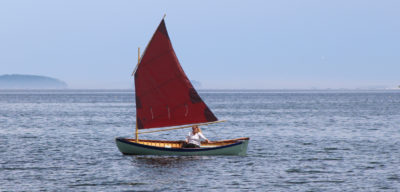
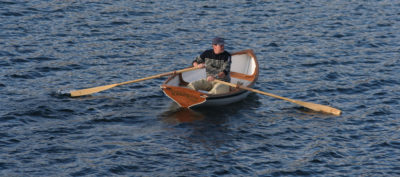
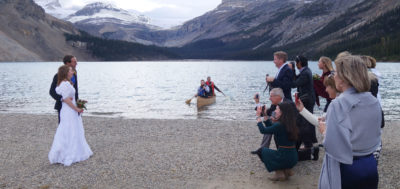
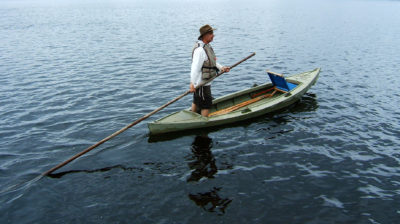
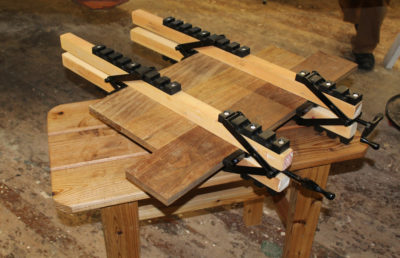
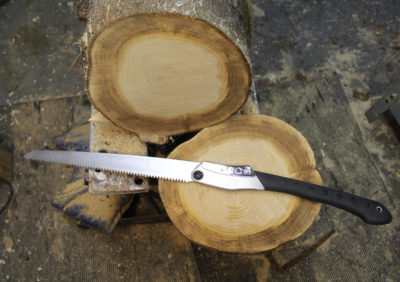
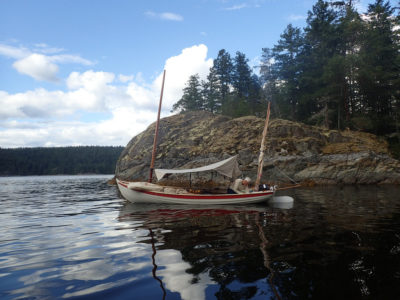
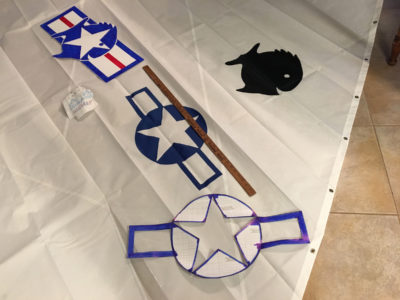
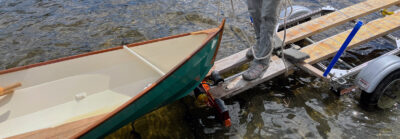
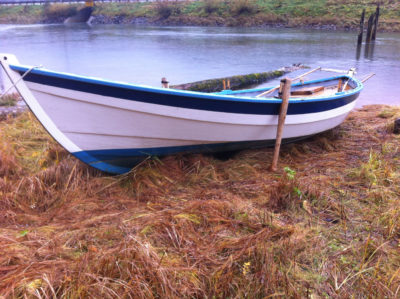
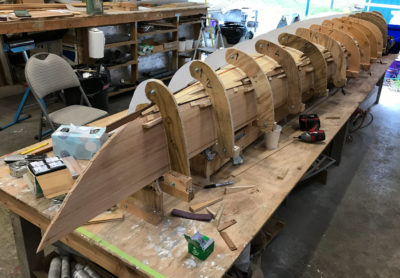
Canoes get poled in Maine, usually for going upstream. I have been thinking about using a pole in the marshes here on Cape Cod to look for striped bass.
On steering, here’s another trick: Push off, and let the pole hang behind the boat. Now you can use the pole as a rudder. I have some experience in the Backs of the Cam, Cambridge, U.K., where this is a vital technique. The place is overcrowded with punts in the summer, but with the pole as rudder you can steer with fine precision and avoid embarrassing situations. An added bonus is that you don’t need to switch sides, which might get you wet or loose your balance.
I have to dig out pics of my pole, a South Jersey style one that I was taught to make by Joe Liener. The toes of the crow’s foot are inset into the pole so that the transition is completely smooth, a little like the central foot pictured above. The idea was that the pole did not hang up on the grass. I carry mine as a sprit for my summer rig on the ducker; made it from a closet pole. It hasn’t been used much as a pole here in Maine. We use substantial ash setting poles sometimes armored with metal to help get outboards off and on rocky beaches.
The Mystic Seaport Museum watercraft collection also has some interesting setting poles. One that I remember had a hinged piece of wood on the bottom for use in soft mud. Another had kind of a semi circular foot for dealing with deep water where it could be used as a paddle.
For duck hunting with decoys, sometimes a notch would be cut into of the toes so you could use it to hook the decoy anchor lines, and a little groove scraped into the pole so you could orient it. Joe used to put a little wood cap on his poles so you could feel when you were getting to the end.
I’ve taken several canoe trips with 20+ miles of pulling. Mostly in Pennsylvania on the West Branch of the Susquehanna and the Delaware river. I’ll pole up stream Friday afternoon and all day Saturday. Then sit down and float back down to the car on Sunday. If I’m feeling very motivated and paddle hard, I can be back at the car in 3 hours. Both the upper Delaware and West Branch of the Susquehanna can have deeper pools where I will paddle but then I will have to pole wherever the current is strong or the water is shallow. For this I usually use a 10′ curtain rod with a stainless-steel bolt epoxied in the end. As both rivers are rocky, clean bottoms rather than mud and grass. I’ve never developed the hand-over-hand method, even when I tried a longer pole because the deep pools are still too deep or the current is too strong and will always push the bow halfway around before I get to the end of the pole recover it and plant it again. I stand about two-thirds back from the bow on a very flat bottomed canoe and pole off one side with it leaned toward my polling side so that any torque transmitted by the polling is corrected by the carving of the canoes natural turn. I will only switch sides to best balance against the current. My over-the-ground speed is usually about 1-1/2 miles an hour, no matter what the current, because my speed of recovery needs to speed up as the current increases. Once the pole is replanted I can stand there and relax and rest or push off again as I desire. The upstream progress has everything to do with how much I’m pushing off the bottom and very little to do with the speed of the current I’m pushing against. The largest problem with the current is how quickly it will grab the canoe during any little misreading of the water or overcorrection of the canoe so that you’re headed back down stream. You can’t really effectively balance the load of the canoe to make it one to push upstream under all conditions because the river valleys tend always channel the wind which changes directions relative to the rivers windings. So it’s best to simply have it more or less balanced to pivot and swivel under where you’re standing, which is why I tend to stand closer to the middle than aft in the canoe. Part of the reason I can go upstream against current is because I keep the canoe lightly loaded so there’s minimal draft. It’s usually just me, backpacking-type camping equipment,and my food.